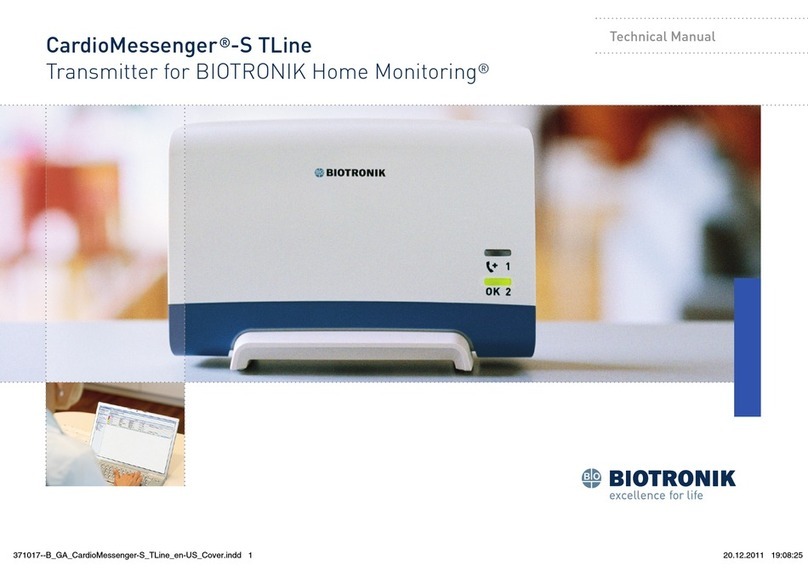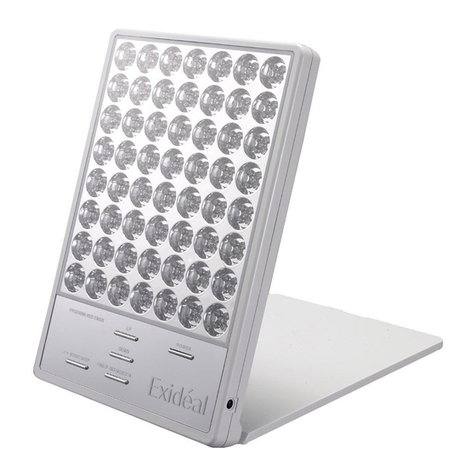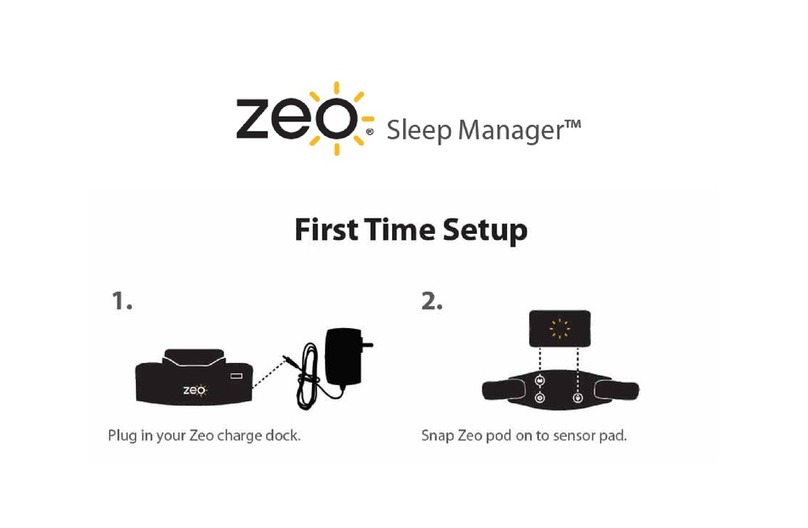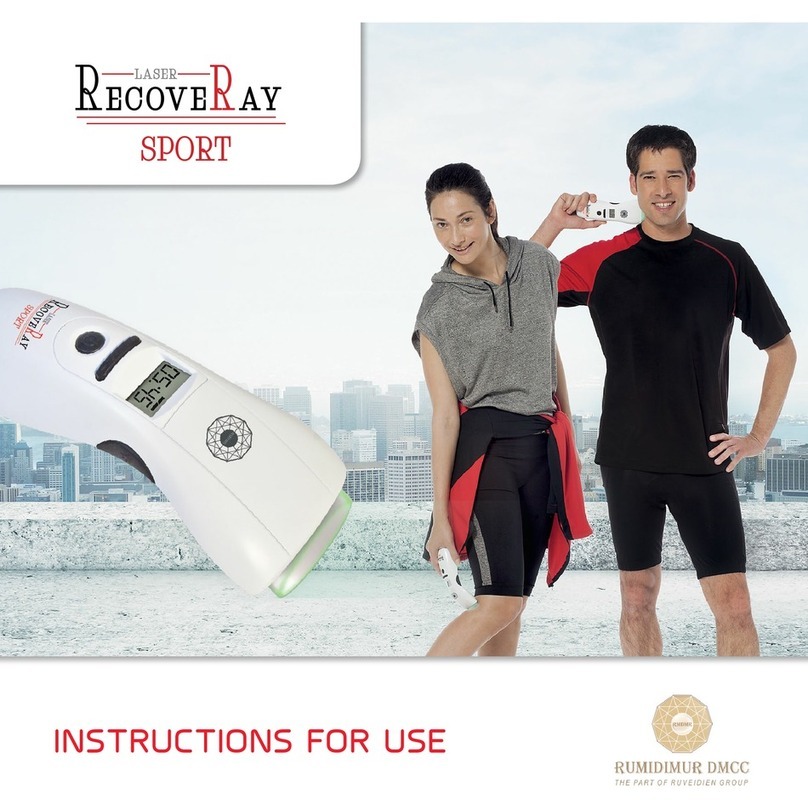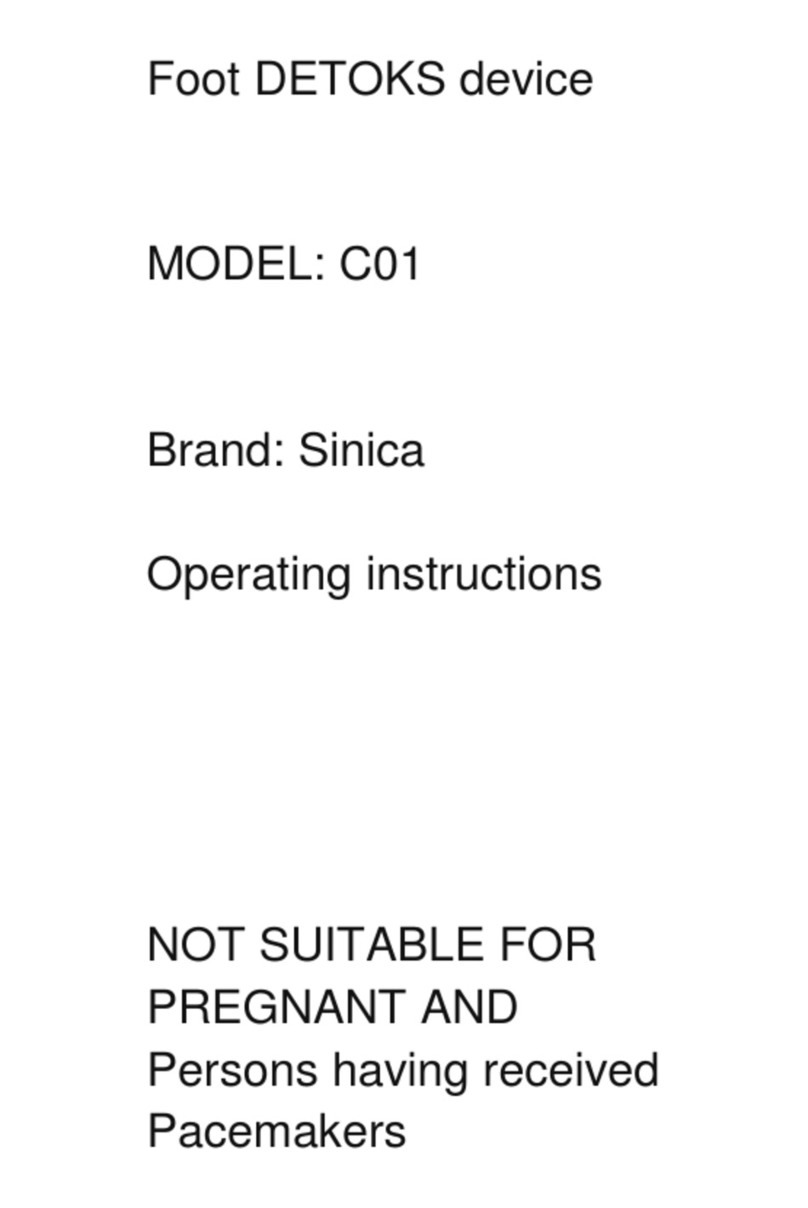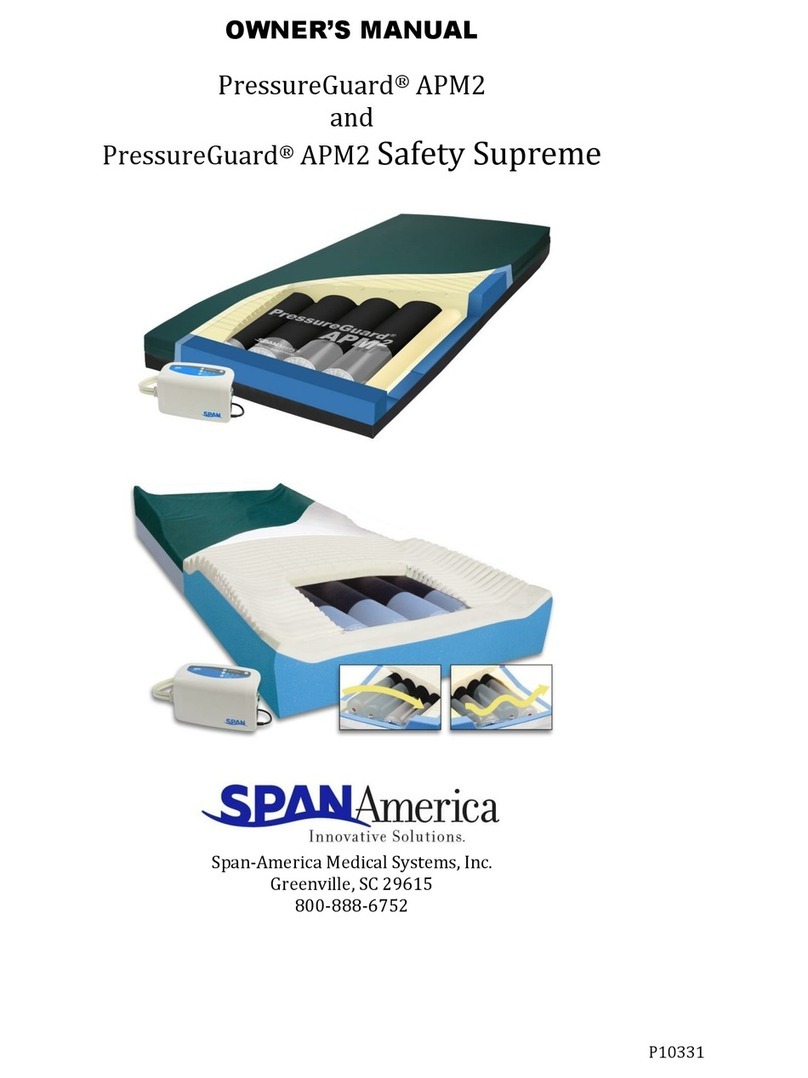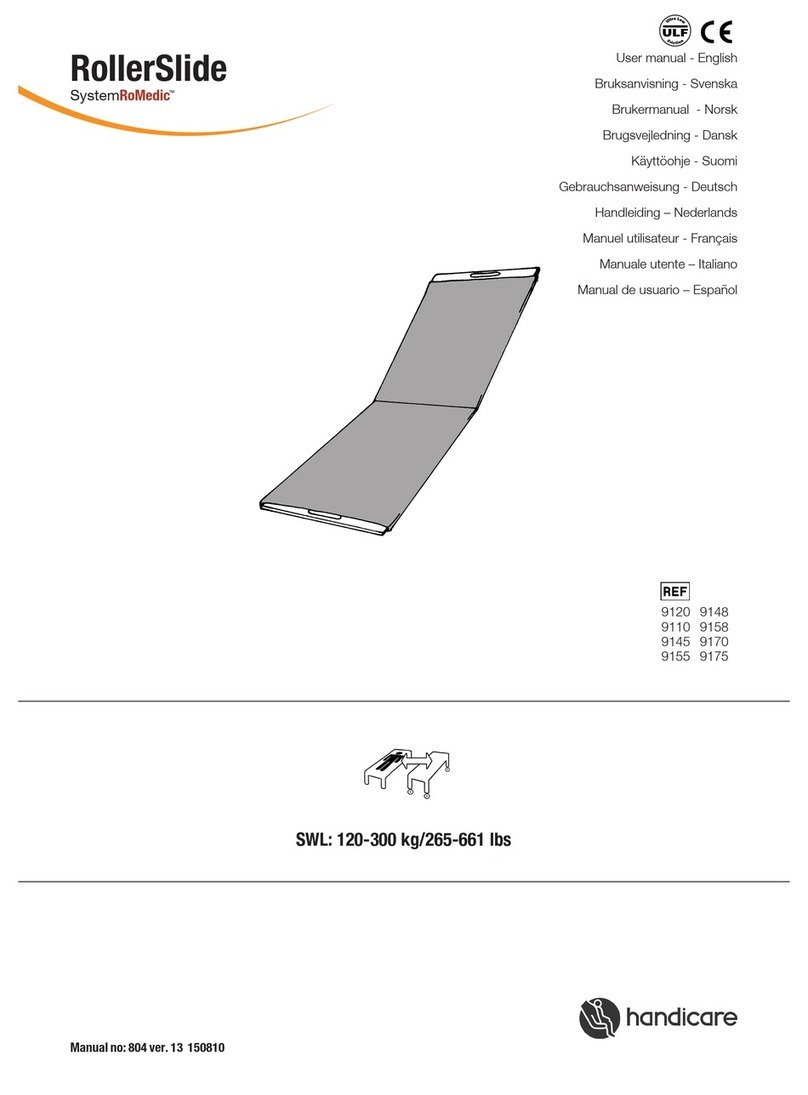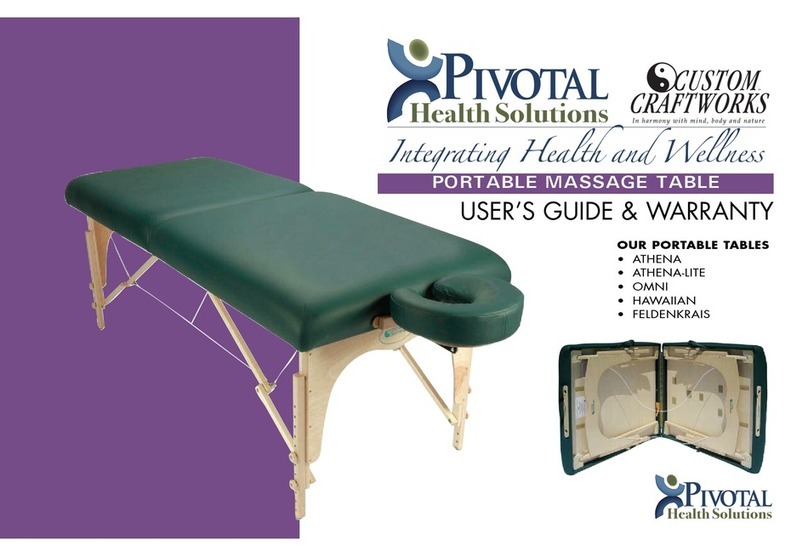AliveCor Kardia User manual

Dr John Marszal; Dr Ruth Chambers
1
21 July 2016
AliveCor’s Kardia™
Mobile ECG
General Practice user guide

Dr John Marszal; Dr Ruth Chambers
2
21 July 2016
Contents
Introduction 3
Information governance 3
Warnings and contraindications to AliveCor mobile ECG use 4
Using the AliveCor mobile ECG in practice 4
Requirements to use AliveCor mobile ECG 4
Software requirements 5
12-Lead ECG access 5
Setting up the AliveCor device 5
Installation and set-up of Kardia App 5-6
Recording an ECG with AliveCor 6
Interpreting the results 7
Reviewing previous recordings and adding patient information to a recording 8
FAQs (frequently asked questions) 9
References 10
Disclaimer
All the ideas and suggestions in the content of this handbook are intended to inform the reader
about the use of the AliveCor device in a general practice setting. Whilst every effort has been made
to include accurate and up to date information, information governance requirements, medical
knowledge and understanding are constantly evolving. So you need to use the information
presented here to learn more about how you can use the device and weigh up the choices and
guidance for your own circumstances. Use the device only in accordance with the manufacturer's
instructions.
The resource was compiled by Drs John Marszal and Ruth Chambers on behalf of Stoke-on-Trent and
North Staffordshire CCGs, in association with the West Midlands Academic Health Science Network’s
(WMAHSN) Long Term Conditions (LTCs) Network, for which Ruth is clinical lead. You are welcome to
use this handbook and adopt or adapt it for your own, or your general practice team’s, use.
Take a look at the video that shows a doctor engaging a patient in using the AliveCor device:
Consultation Video: http://www.digitalhealthsot.nhs.uk/index.php/clinicians-learning-
centre/resources/videos#AliveCoreConsultation
Demonstration Video: http://www.digitalhealthsot.nhs.uk/index.php/clinicians-learning-
centre/resources/videos#AliveCoreDemonstration

Dr John Marszal; Dr Ruth Chambers
3
21 July 2016
Introduction
The AliveCor mobile ECG is a portable heart rate and rhythm monitor that is simply held in the
patient's hand to obtain an ECG report. The device is easy to use for any healthcare professional and
stores the recorded ECGs for future review by a health professional.
The benefits of the AliveCor device are that:
The device uses a single channel ECG monitor with automatic ECG evaluation to detect possible AF.
An accompanying phone/tablet app allows real time visualisation of the ECG recording as well as storage
of previous recordings for later review.
The recorder is held in the hand without the need to expose the patient and takes a single lead ECG
recording in 30 seconds.
The device is not linked to a designated single phone/tablet and may be transferred between practice
staff when needed.
The device may be lent to patients for home use or monitoring.
The user replaceable battery in the device should give normal device usage of around 12 months before
needing to be replaced.
High sensitivity and specificity: shown by a Cleveland Clinic study as a viable post-ablation monitoring
alternative to a trans telephonic monitor (TTM), with 100% sensitivity, 97% specificity for detection of
atrial fibrillation and atrial flutter combined, and 92% patient preference for AliveCor vs traditional TTM.1
The device may be lent to patients for home use or monitoring
In the event of this being covered by the Innovation Tariff (in future), devices can be issued to patients
without the need to recycle, clean, change battery etc.
Information governance
The AliveCor mobile ECG stores the patient's ECG trace and voice recording during the trace, both
locally on the device used to take the recording and in the ‘cloud’ on AliveCor servers, which are
uploaded to your personal AliveCor account once you have registered as a user.
The ECG trace and data collected at the time of the trace being taken are stored in AliveCor servers
in the EU using industry standard encryption. This meets all EU data privacy rules. This allows you to
change devices easily and retrieve your patients’ recordings should anything happen to the
phone/tablet used to take the original recording. In addition, you may log into your account from
another device to review patients’ results.
When using the AliveCor device in practice, do be aware of data protection and information
governance rules regarding inclusion of patient identifiable information on the trace. For this reason,
we recommend you only store a unique non-identifiable reference number to the trace or ensure
that you delete the trace after use.
Please remember to password protect the device you use to take the ECG reading.

Dr John Marszal; Dr Ruth Chambers
4
21 July 2016
Warnings and contraindications to AliveCor mobile ECG use2
This device is not designed nor intended for complete diagnosis of cardiac conditions. This device
should never be used as a basis for starting or modifying medication without independent
confirmation by medical examination.
This device records heart rate and heart rhythm only. It does not detect or measure all heart rate,
heart rhythm, and heart waveform changes, especially those related to ischaemic heart conditions.
Do not use the device in the presence of flammable anaesthetics, drugs or pressurized oxygen (such
as in a hyperbaric chamber, ultraviolet sterilizer or oxygen tent).
AliveCor is not recommended for use on humans weighing less than 10kgms, nor for use with
individuals with a cardiac pacemaker, ICDs or other implanted electronic devices.
Do not use this device with a defibrillator.
Using the AliveCor mobile ECG in practice
The device may be used anywhere in practice, being fully self-contained and battery powered. All
that is needed is a suitable smart phone or tablet that has the Kardia app pre-installed.
Clinical studies have demonstrated the AliveCor Mobile ECG’s accuracy is comparable to readings
from lead 1 of standard ECG machines3.
The device is useful in many clinical areas. Below are the kinds of uses GPs/practice nurses are
finding for AliveCor:
Use in pre-screening/registration of new patients to general practice. The device is a simple and quick
diagnostic check of both the patient's pulse rate and rhythm regularity and to establish a baseline. It is
suitable for all grades of healthcare staff to use the device confidently and have automated reporting of
any potential AF.
Take a follow-up recording for patients with AF or palpitations.
Use for patients presenting with palpitation/ heart irregularities - as a quick and simple tool for
assessment of AF. This can be done in 30 seconds while taking other readings such as blood pressure and
temperature.
Offer to patients during well woman/well man NHS health checks.
Use during day to day clinics by any healthcare staff for a patient they believe could benefit e.g. during a
practice COPD review a patient happens to mention that they feel their heart beat is irregular at times.
Requirements to use AliveCor Mobile ECG
The mobile ECG is used in conjunction with a smart phone or tablet to take the ECG readings.
A simple tablet for practice use may be purchased solely to be used with the device instead of a
nurse or doctor using their own mobile phone. A list of fully compatible devices may be found at
https://shop.gb.alivecor.com - click on ‘Compatibility’ half way down the page.

Dr John Marszal; Dr Ruth Chambers
5
21 July 2016
The AliveCor device has been used with devices other than those in the compatibility list. In order to
ensure compatibility with the app, the device used must be certified by either Android or Apple (in
the majority of cases, this means that the device must have access to Google Play store or Apple App
store).
In addition, the device must have a microphone incorporated into its design (most devices have this
as standard). Devices of well-known brands bought from mainstream suppliers and high street
stores should be fully compatible with Google Play Store or Apple Store. The only devices which may
not be certified are those of lesser known brands and internet suppliers (in which case, please ask
the retailer if the device is a certified Android or Apple device).
N.B. the decision and responsibility to purchase a device not on the AliveCor compatibility list is the
users’ own responsibility. It is therefore recommended purchasing from a retailer that will allow a
trial period or exchange or refund if the device should not work with the AliveCor KardiaTM mobile
ECG.
Although personal devices such as mobile phones may be used, the larger screen of a tablet is both
easier to use for interpretation and for the patient experience of being able to watch their trace as it
is acquired.
Software requirements:
Apple iOS 5.1 and higher
Android Version 4 and higher.
12 lead ECG access
When using the AliveCor mobile ECG in general practice, it is important to follow up any abnormal
readings with a full 12 lead ECG to confirm diagnosis of any abnormalities (it might be that a
cardiologist could rely on the Kardia trace if the AF is clearly visible).
In cases of paroxysmal AF, the follow up ECG must be done immediately on site, since if any time is
allowed to elapse, the AF may fail to be detected on 12 lead ECG. For this reason, it is recommended
that those using the AliveCor mobile ECG in general practice also have access to a 12 lead ECG on
site.
Setting up the AliveCor device
Once unpacked, you’ll see that the AliveCor mobile ECG device is already inserted into its
attachment plate.
The front of the device has the metal pads used to take the ECG reading.
The back of the device houses the battery compartment.
The attachment plate has a sticky pad pre-attached if you wish to attach it to a single device / place.
N.B. it is recommended that the device is not attached to a single device since the attachment plate
is difficult to remove and may leave adhesive on the phone tablet.
The device’s battery is pre-installed and should give approximately 12 months’ use.
Other manuals for Kardia
3
Table of contents
Popular Health Care Product manuals by other brands
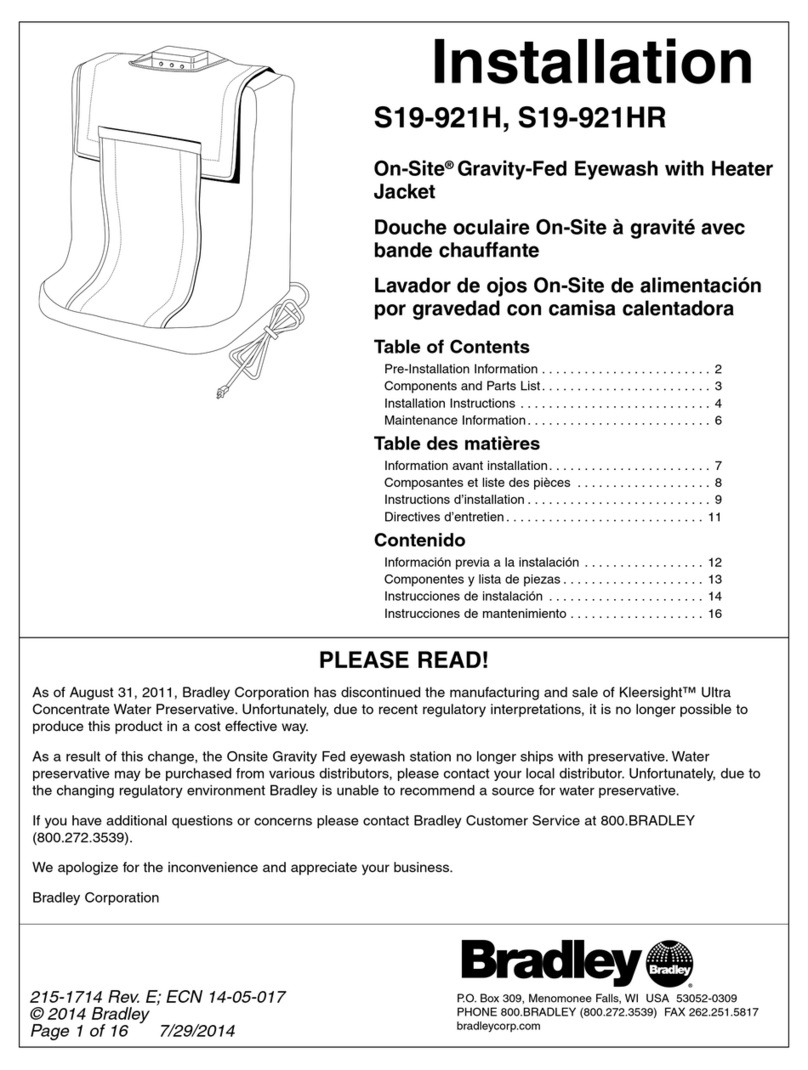
Bradley
Bradley S19-921H Installation
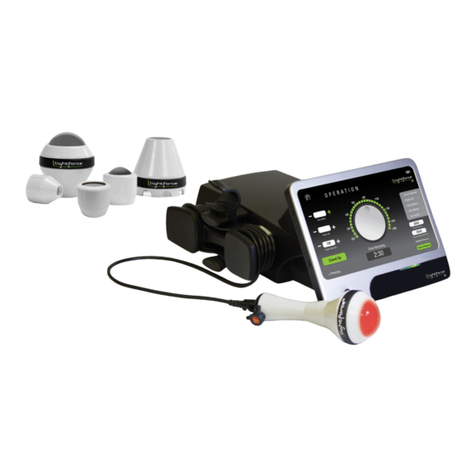
LiteCure Medical
LiteCure Medical LightForce FX user manual
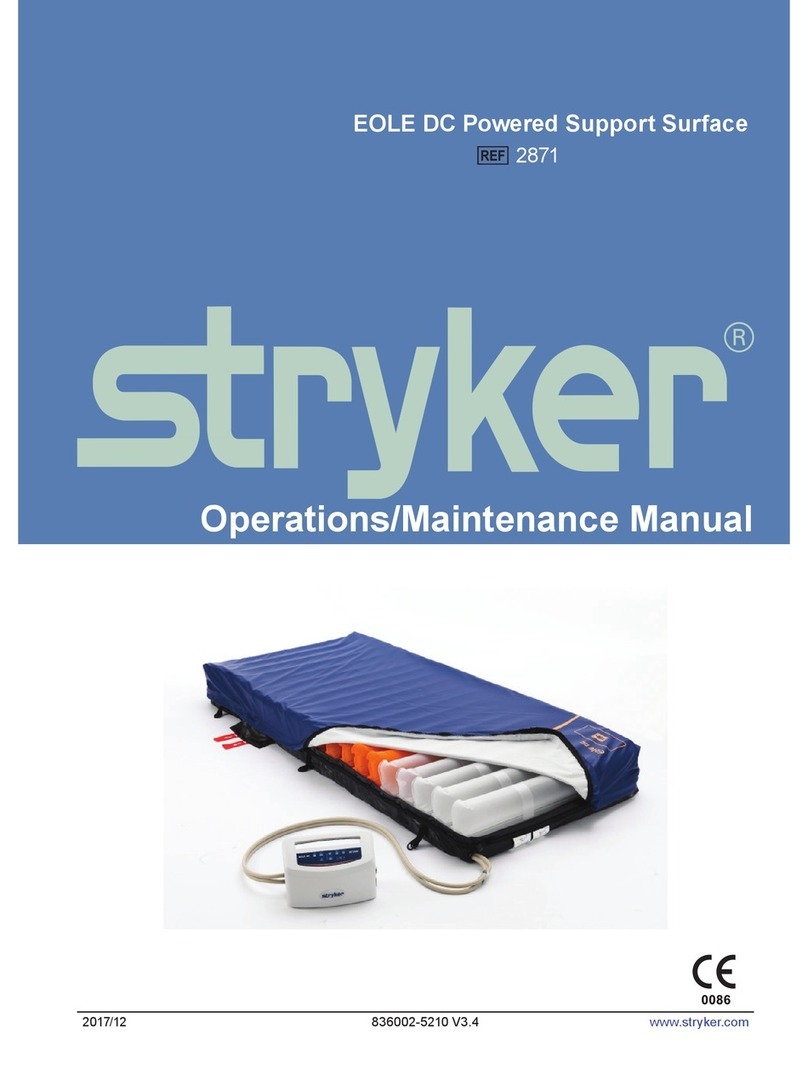
Stryker
Stryker EOLE DC 32" Operation and maintenance manual
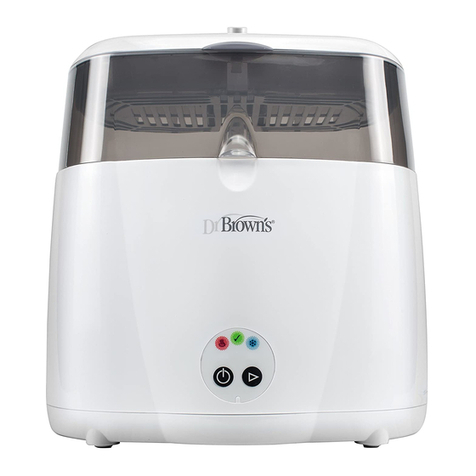
DrBrowns
DrBrowns Deluxe Bottle Sterilizer User instructions
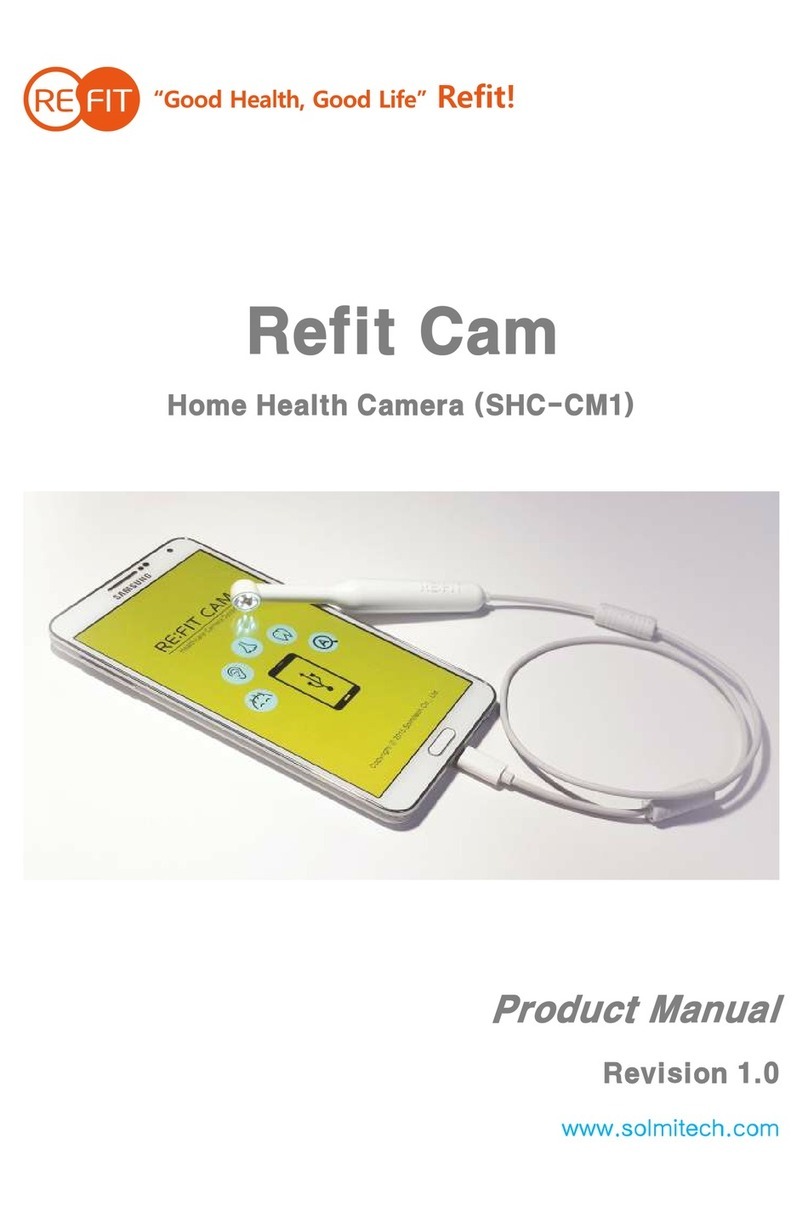
Refit
Refit SHC-CM1 product manual
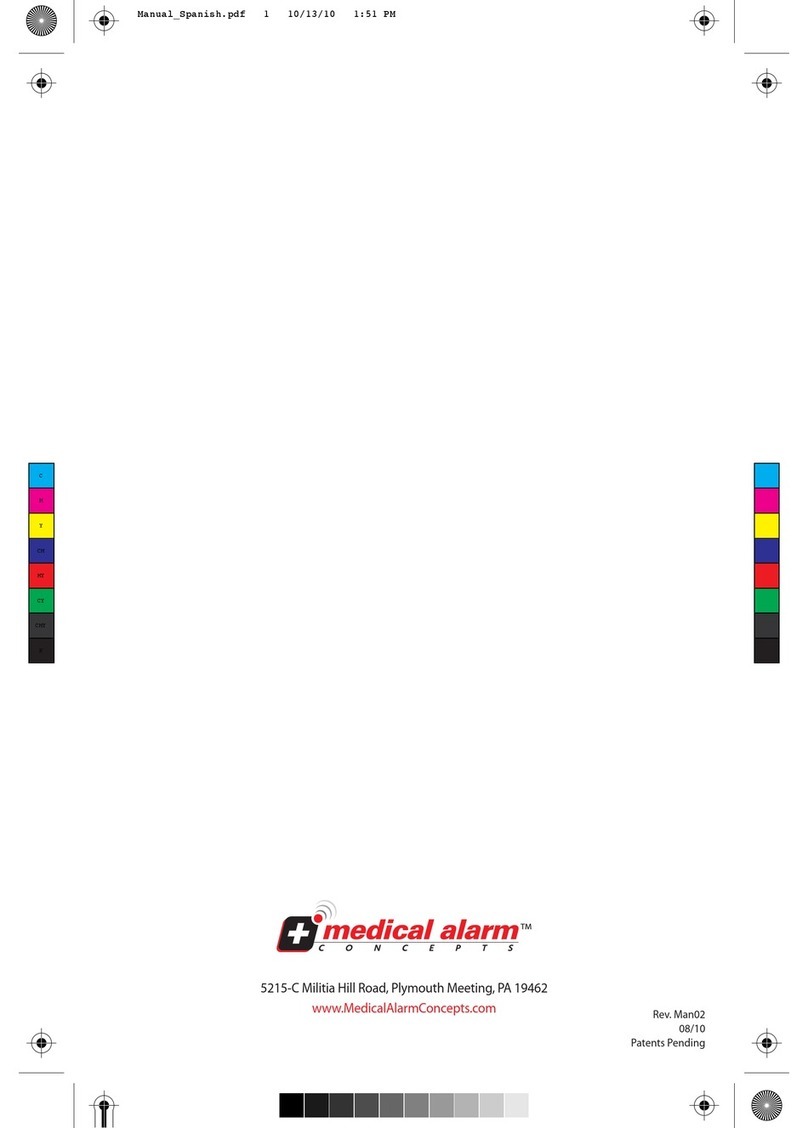
Medical Alarm
Medical Alarm MediPendant MED01 owner's manual
